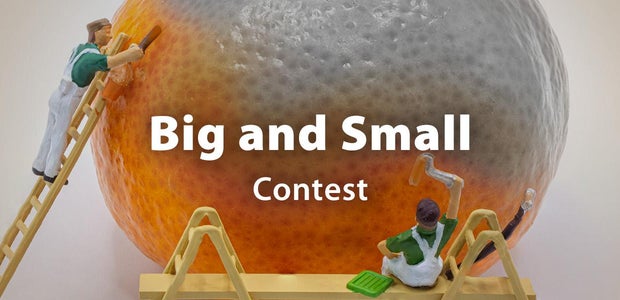Introduction: Safe Video Demonstration Sodium and Potassium Exploding in Water
The demonstrations of many remarkable experiments include a high safety risk (e.g. the reaction of large pieces of sodium/potassium with water; the reaction of potassium with liquid bromine; the reaction of sodium with concentrated sulfuric acid, etc.). Chemistry teachers and instructors are usually reluctant to perform experiments that include a hazard. As a result, a number of fascinating experiments remain unknown to the public.
A very violent reaction of sodium and then potassium with water.
2Na + 2H2O --> 2NaOH + H2
2K + 2H2O -->2KOH + H2
Small pieces of these metals are dropped in water.













